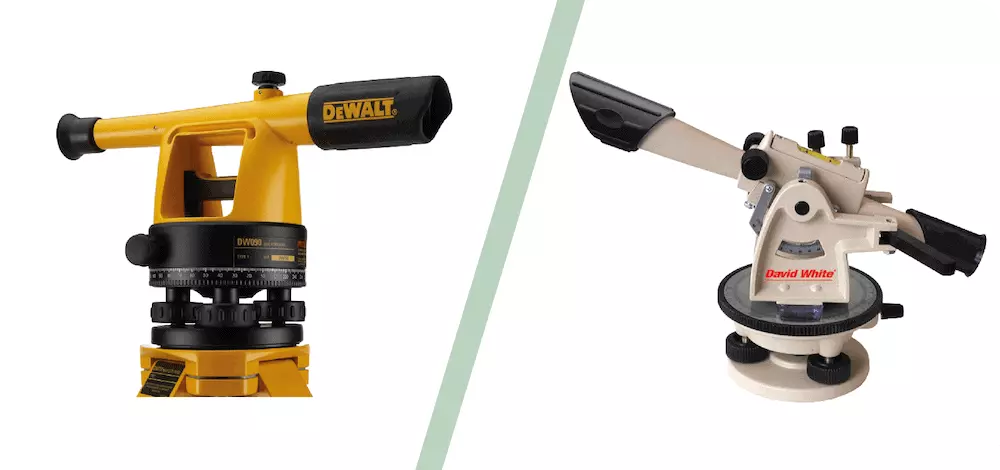
5 Must-Have Tools for Building Your Own Generator
For many of us DIYers, the idea of creating something with our own two hands is more than just a weekend activity—it’s a way of life. Building your own generator can seem like a daunting task, but with the right tools and some dedication, it’s completely achievable. And if you’re like me, the thrill of creating something that can power up your home is unbeatable. I’ve been there, and I’ve had my share of trials and errors, so I’ve compiled a list of the five essential tools that made the process smoother. And if you’re interested in a unique generator model, check out the searl effect generator I came across recently.

Content
1. Multimeter
The backbone of any electrical project. With a multimeter, you can measure voltage, resistance, and current in your generator’s circuits. This will help ensure everything’s connected properly and safely.
Tip: Always test your multimeter on a known source before using it to ensure it’s working accurately.
2. Soldering Iron
For making permanent connections, you need a reliable soldering iron. A quality iron will heat up quickly and maintain a consistent temperature, ensuring strong connections that last.
Tip: Remember to clean the tip of the soldering iron before each use. This will ensure better and more reliable solder joints.
3. Wire Strippers
These will become your best friend. Wire strippers are used to remove the protective coating from the wires, allowing you to make the necessary connections. A good pair will be adjustable to different wire gauges, ensuring you don’t damage the inner wire.
Tip: Always choose the correct size notch for the wire gauge you’re working with.
4. Pliers Set
From gripping to twisting to cutting, a set of pliers is crucial. Needle-nose pliers can be especially helpful for reaching into tight spaces.
Tip: Keep your pliers in good condition by cleaning them regularly. This article on how to ensure project success with the right documentation mentions the importance of maintaining tools, and I couldn’t agree more.
5. Safety Gear
This isn’t a tool per se, but it’s the most important item on the list. Safety goggles, ear protection, and gloves are a must-have to ensure you’re protected from any sparks, loud noises, or sharp edges. Remember, safety first!
Tip: Store your safety gear in a designated area so you always know where to find it.
Building your own generator can be a gratifying experience. With the right tools and some patience, you can create a machine that not only serves a functional purpose but also stands as a testament to your dedication and skills. If you’re on the fence about which generator to build, I recommend taking a look at the searl effect generator. Not only does it provide clean energy, but it also offers step-by-step guidance on creating it yourself. Also, for those who are more visually inclined, there are guides on how to use photoshop to enhance your project presentations that can come in handy for this project.
In conclusion, like any DIY project, building your own generator is all about the journey and the invaluable lessons you learn along the way. So grab your tools and get started!
The Importance of Proper Maintenance
Once you have your generator up and running, the journey doesn’t end there. Just like any machinery, generators require regular maintenance to ensure they function optimally. Think of it as taking care of a car—you wouldn’t drive thousands of miles without checking the oil, would you? Similarly, the lifespan of your generator is largely determined by how well you maintain it. Regular checks for any worn-out parts, cleaning, and ensuring it’s stored in a suitable environment will guarantee that it serves you efficiently for years.
Embracing Sustainable Energy Options
The world is gradually moving towards sustainable and cleaner energy sources, and building your own generator can be a step in that direction. Depending on the model and type, generators can be tailored to utilize renewable sources like wind or solar. This not only reduces the carbon footprint but also saves money in the long run. Solar panels, in particular, have become more affordable and efficient. Incorporating them into your generator project can offer a consistent power source, especially in sunny climates. It’s a win-win for both you and the environment.
Safety Precautions and Backup Plans
While building and operating your generator, safety should always be at the forefront. Ensure that the setup is away from flammable materials and in a well-ventilated area to avoid the accumulation of harmful gases. Additionally, it’s wise to have a backup plan. Generators, like any machine, can malfunction. Having a backup power source or a secondary smaller generator can be invaluable, especially during critical times. Moreover, always let someone in the household know when the generator is in operation. This ensures that, in case of any emergencies, they are aware and can take necessary precautions.

My name is Wilson Michel. I post about home improvement ideas and how to make your home look beautiful and liveable. I hope my posts will help you with your DIY projects!








